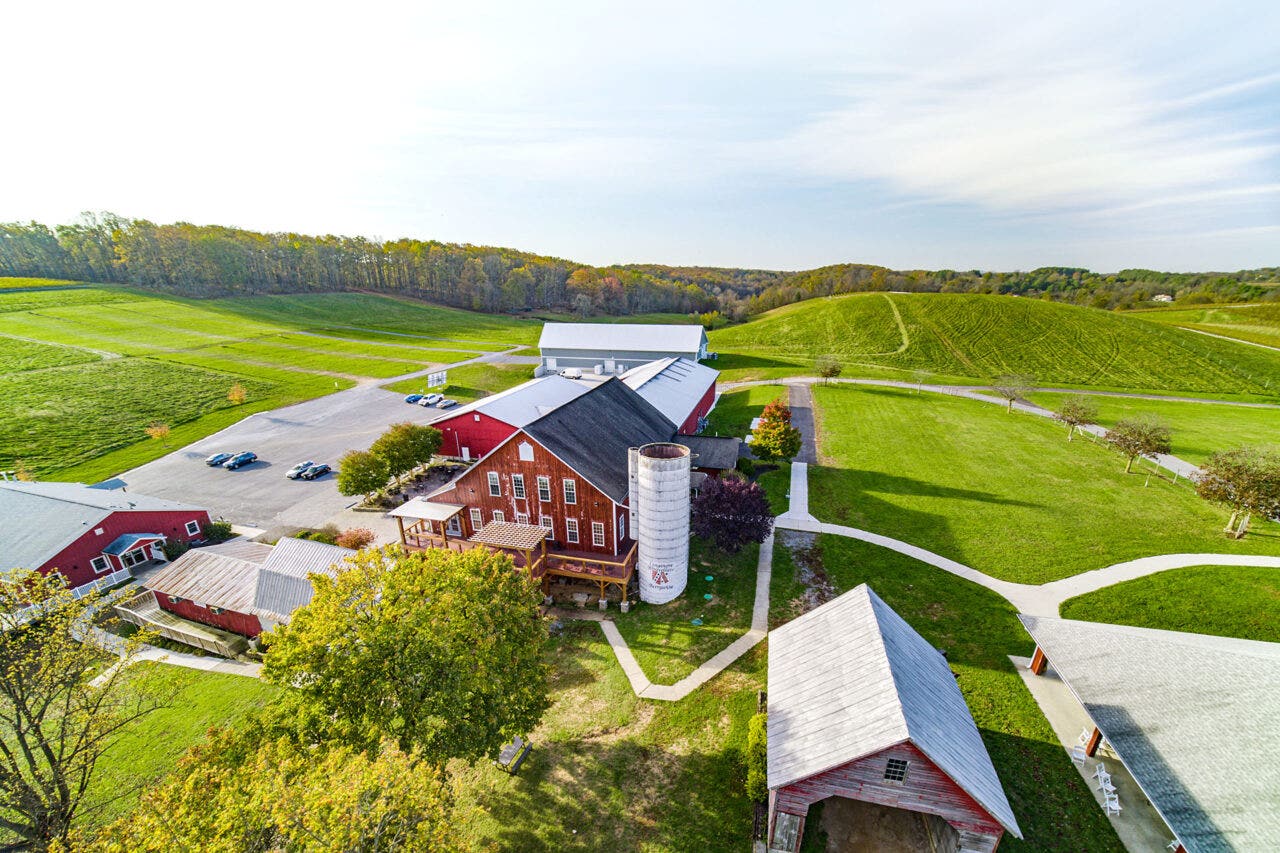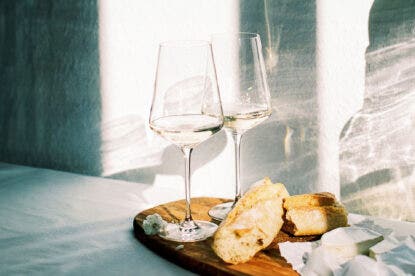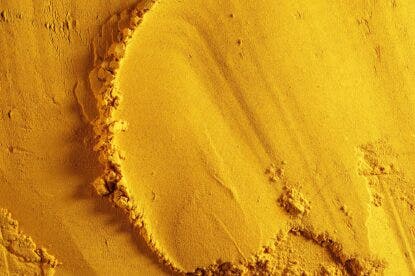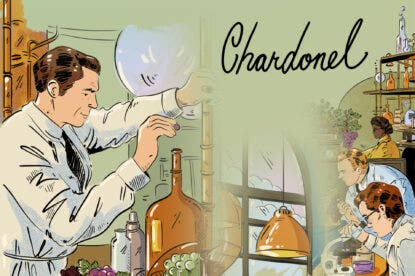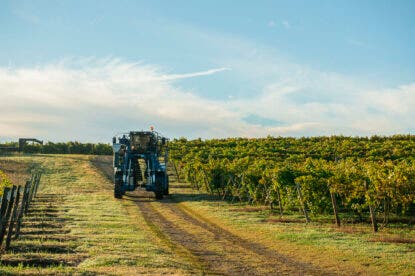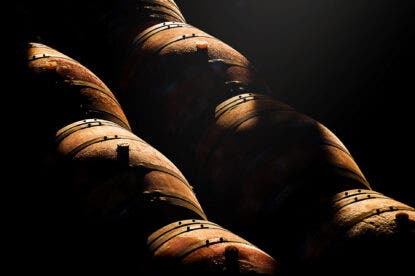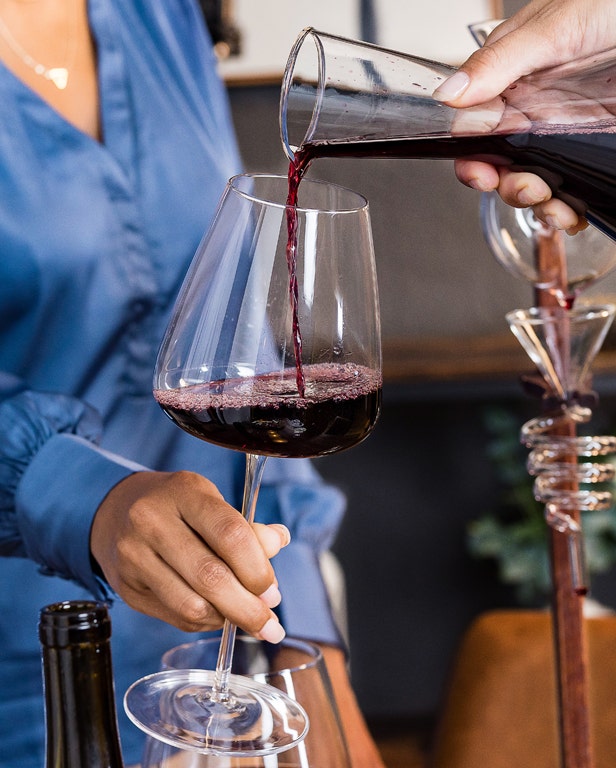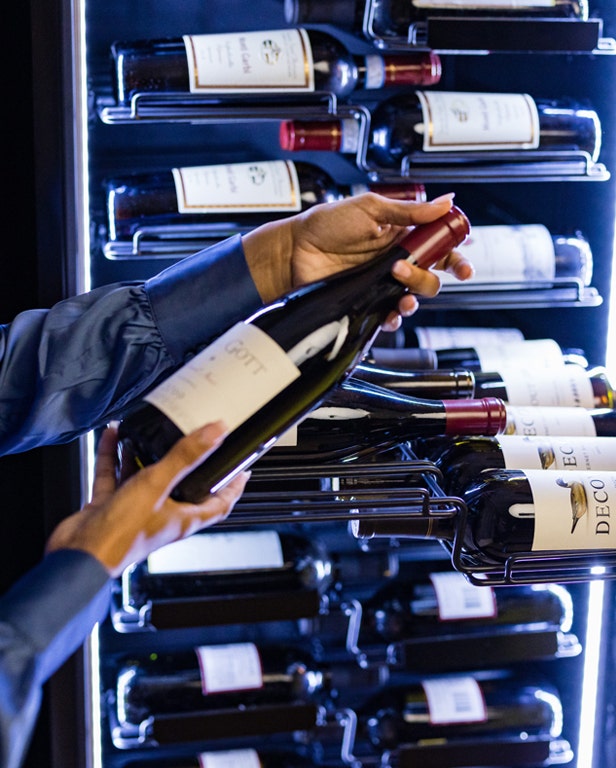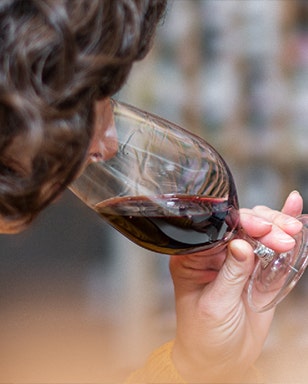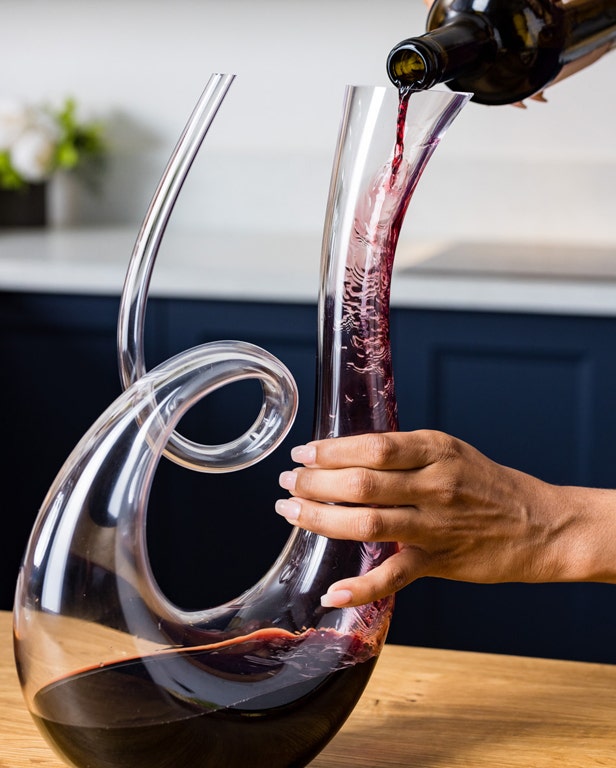“When we started planting grapes here in 1972, everyone thought we were insane,” says Anthony Aellen, president and executive winemaker of Linganore Winecellars.
Aellen and his family were instrumental in forming Maryland’s first American Viticultural Area (AVA). But even before that, Maryland had a long history of grape growing and winemaking.
“The first mention of winemaking in Maryland dates back to 1648, to a Frenchman named Tenis Palee,” writes Regina McCarthy in Maryland Wine: A Full-Bodied History.
Aellen’s family got their winery license in 1976. And then, he says, “in the late ’70s, the federal government, in its infinite wisdom, said that if you were going to put ‘estate bottled’ and a ‘vintage date’ on your label, you needed to be in an approved AVA.” So Aellen got to work, surveying the land, collecting soil samples and choosing the name Linganore, an Algonquian word that, according to Aellen, means “copiously flowing in the springtime.” It took some time, but in 1983, Linganore finally received its AVA designation.
An influx of other growers and producers soon followed.
You May Also Like: The Southeastern New England AVA Offers More Than Beachcombing
“My grandfather was a mead maker and Holocaust survivor,” says Rachel Lipman, winemaker and director of operations of Loew Vineyards. “When he came here, and saw other wineries finding success in this region, I think he thought, ‘Well, if they can do it so can I.’” Their winery was established in 1982.
Fast forward to today, and the Linganore AVA is now home to six wineries, all of which are within about a five-mile radius of each other. Along with that growth, there’s also been a shift in planted varieties.
“Maryland used to be more hybrid-focused,” says Janna Howley, executive director of the Maryland Wineries Association. “For a long time Chambourcin and Vidal Blanc were the two workhorse grapes in Maryland. We still see them, but there’s been a rise of Vitis vinifera over the past couple of decades.” Cabernet Franc has become one of Linganore’s most prominent reds, along with one white you may not expect.
“Albariño has become kind of a rock star,” says Howley. Chardonnay, Saperavi, Barbera, Petit Verdot and Pinot Gris are a few other common plantings.
You May Also Like: The Best Albariños to Drink Right Now
The topography of the Linganore, Aellen explains, is basically within a 90-square-mile drainage basin or watershed located on the Piedmont Plateau, which runs from New Jersey to Alabama, separating the Appalachian mountains and coastal plains. Soils are predominantly gravel and loam on shale bedrock, allowing for good drainage; the climate is notably cooler and drier than other coastal AVAs.
While many producers don’t use the AVA on their labels, Sarah O’Herron, coproprietor of Black Ankle Vineyards, notes that “there’s been a big shift in both consumers and producers taking the industry more seriously.”
“The quality has gone up in the last 50 years,” adds Aellen. “And that’s the really nice thing about having other wineries around. They’ll take the same varieties you’ve been working with, and they’ll produce a better product. And you’ll say, ‘Oh wow, I really like that, how do I do that?’ And it just pulls everyone up.”
Quick Facts
- Total Size/Acreage: 90 square miles
- Total Vine Acreage: 180+ acres
- Number of Wineries: 6
- Most Planted Red Wine Grape: Cabernet Franc
- Most Planted White Wine Grape: Chardonnay and Albariño
This article originally appeared in the May 2024 of Wine Enthusiast magazine.
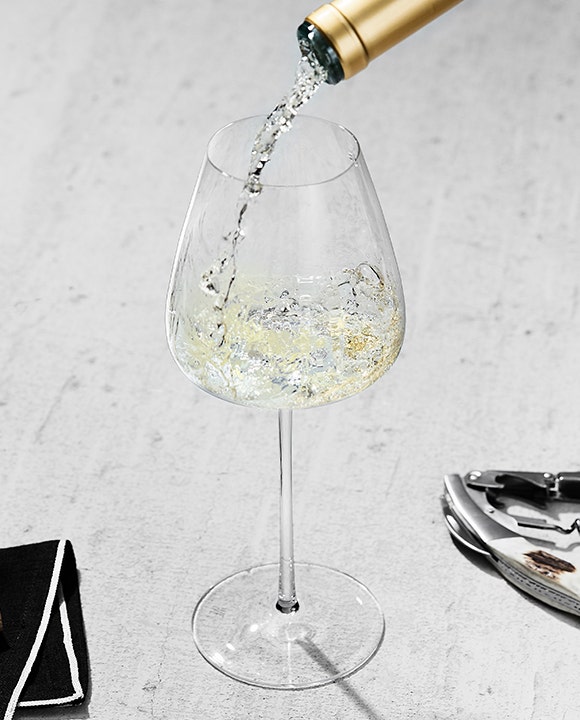
From the Shop
Find Your Wine a Home
Our selection of wine glasses is the best way to enjoy the wine’s subtle aromas and bright flavors.

Bring the World of Wine to Your Doorstep
Subscribe to Wine Enthusiast Magazine now and get 1 year for $70 $29.99.
Published: May 6, 2024




